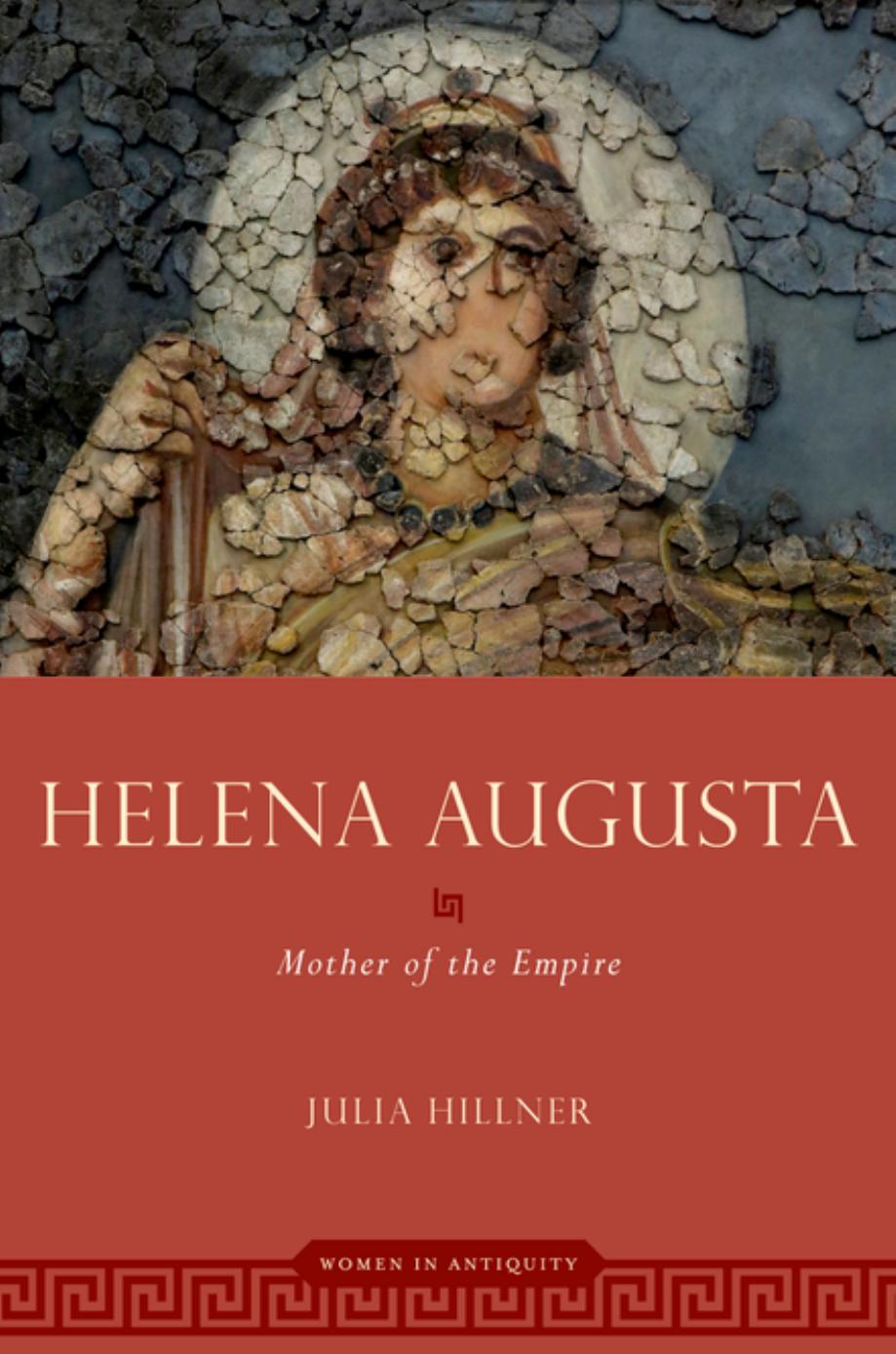Helena Augusta by Julia Hillner

Author:Julia Hillner
Language: eng
Format: epub, pdf
Publisher: Oxford University Press
Published: 2022-01-15T00:00:00+00:00
8
From Here to Eternity
All the indications are that Helena began her tour of the Eastern provinces, including, famously, Palestine, from Rome, and in the late summer of 326. Most accounts place this trip after the Council of Nicaea, which ended in July 325. Constantineâs interest in biblical sites also only followed this council, as we shall see, making it logical that his mother would have visited Jerusalem, in the early fourth century an unassuming provincial city, only afterwards. Since Helena was in Rome earlier than 326, as described in previous chapters, and still there at the time of Constantineâs Vicennalia, which ended in August 326, she would have had little opportunity to squeeze in a lengthy trip around the Eastern provinces during the previous year. Imperial travel was a slow affair.1
What happened during Helenaâs tour is the best documented part of her life. Many authors who remembered Helena in the centuries following her death focused on her activities in Palestine, and they often extrapolated from this information to make general points about her status and powers. For example, when writing to his friend Sulpicius Severus in 402 to send the Gallic ascetic a relic of the cross, Paulinus, a Roman senator turned bishop of Nola in southern Italy, called Helena Constantineâs âco-regent with the title of Augusta.â Sulpicius Severus duly repeated this observation in his chronicle, completed the year after, claiming that Helena âreigned along with her son as Augusta.â2 The two men based this assumption purely on what they knew about the empressâs actions in the Holy Land, where they believedâmistakenly, as we shall seeâshe had also discovered the True Cross.
As we have discussed, and as this chapter will confirm, Helena never âco-reignedâ with Constantine, if the phrase implies that she made independent decisions on government. Any power and resources she had were directly derived from her son, and any official order she gave on military or legal matters only reinforced ones he had already given. It should also be noted that Constantine no longer minted gold coins bearing Helenaâs portrait after the death of Fausta. Helenaâs status at the end of her life was awe-inspiring and distinct, but it was not higher than Faustaâs had been. Nonetheless, Paulinus and Sulpicius Severus can be forgiven for thinking in terms of co-regency (a perspective that in their case, as we shall see later, was also influenced by the status of empresses of their own time). On her voyage, Helena was presented as Constantineâs delegate, becoming the face of imperial rule for local communities and at this level she did influence some decisions he made, such as lending support to some church foundations in Palestine.
Modern historians have generally followed late antique leads by also declaring the last two years of Helenaâs life as her most âmemorable.â3 Whether this was as true on a personal level as it is on the historiographical is, of course, hard to tell. We should not forget that Helena was, by this point, over 80 years old
Download
This site does not store any files on its server. We only index and link to content provided by other sites. Please contact the content providers to delete copyright contents if any and email us, we'll remove relevant links or contents immediately.
Resisting Happiness by Matthew Kelly(3287)
The Social Psychology of Inequality by Unknown(2922)
Day by Elie Wiesel(2704)
Designing Your Life by Bill Burnett(2656)
The Giving Tree by Shel Silverstein(2272)
Human Design by Chetan Parkyn(1963)
Angels of God: The Bible, the Church and the Heavenly Hosts by Mike Aquilina(1916)
The Supreme Gift by Paulo Coelho(1882)
Jesus of Nazareth by Joseph Ratzinger(1754)
Hostage to the Devil by Malachi Martin(1740)
Augustine: Conversions to Confessions by Robin Lane Fox(1727)
7 Secrets of Divine Mercy by Vinny Flynn(1674)
Dark Mysteries of the Vatican by H. Paul Jeffers(1660)
The Vatican Pimpernel by Brian Fleming(1652)
St. Thomas Aquinas by G. K. Chesterton(1596)
Saints & Angels by Doreen Virtue(1568)
The Ratline by Philippe Sands(1493)
My Daily Catholic Bible, NABRE by Thigpen Edited by Dr. Paul(1456)
Called to Life by Jacques Philippe(1442)
